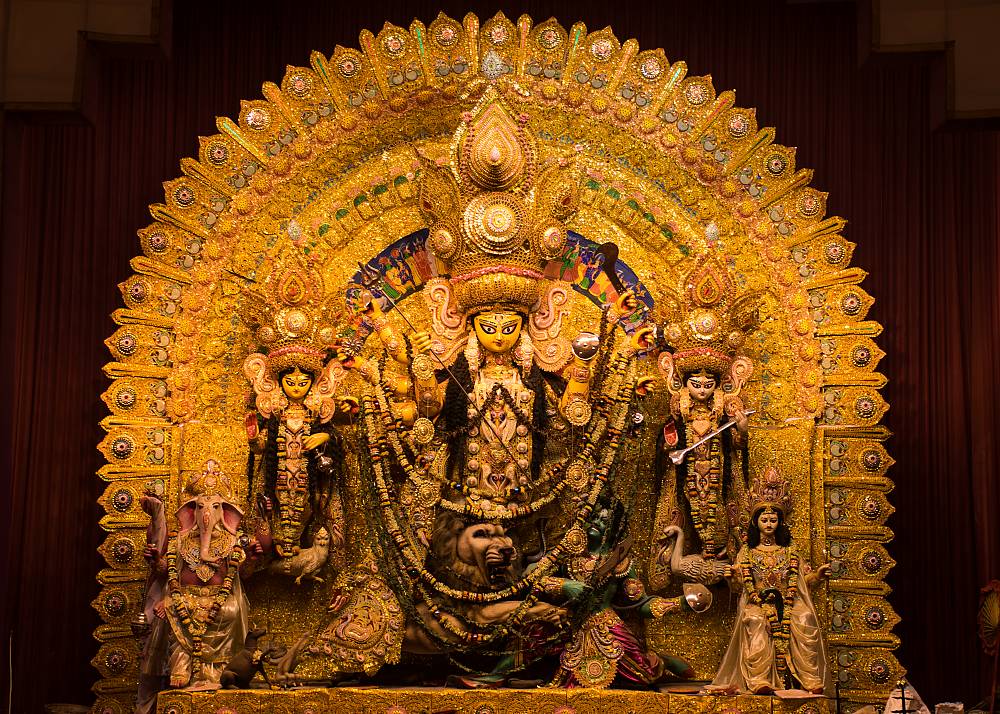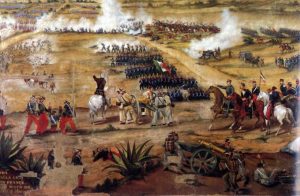Kolkata’s Durga Puja is now, officially, on the UNESCO world heritage list! The 10-day religious festival of the Hindu religion
that marks the homecoming of the goddess Durga and her children has been
inscribed on the “UNESCO Representative List of Intangible Cultural Heritage”,
granting it elite status in the list of cultural traditions from around the
world. Durga Puja is an annual festival celebrated in September or October,
especially in West Bengal.
Chief Minister Mamata Banerjee hailed it as a proud moment for Bengalis all around the world, saying the festivities hold great emotional significance.
Also Read: Low-key Durga idol immersion in Ichamati river under COVID shadow
Why did UNESCO give Durga Puja a heritage status?
The nomination for the UNESCO Intangible Heritage List further said, “Durga Puja is the best instance of the public performance of religion and art in the city. It witnesses a celebration of craftsmanship, cross-cultural transactions and cross-community revelry. The manner in which the festival is enmeshed in a web of competition and consumption, accelerated by the winning of accolades, secures its secular identity, embedding it in the contemporary global cultures of touring, spectacle, and entertainment.
Also Read: This Durga Puja, style your saree like your favourite Bollywood celebrities
The exemplary character of Durga Puja lies in its ability to not temporally bound itself to the ritual occasion. Its dynamism lies in it being a constantly mutating event – in its fusion of tradition with changing tastes and popular cultures, and in the adaptation of the iconographies of Durga and the styles of her temporary abodes to cater to new regimes of art production.”
Also Read: Printed kurtas with pin tucks: Men’s wear trends for festive 2020
Why was Durga Puja nominated for the UNESCO
heritage status?
Every year, UNESCO, the cultural wing of
the United Nations, adds to its list of ICH cultural traditions and arts from
around the world, either as ‘In Need of Urgent Safeguarding’ or in its
‘Representative List of ICH of Humanity’. India’s nominees are proposed by the
Sangeet Natak Akademi, which was appointed as the nodal agency for ICH by the
Union Ministry of Culture in 2011.
Also Read: Amidst COVID-19 fright, Pandals to be ‘no entry’ zones in Kolkata: HC
Durga Puja was nominated in the UNESCO’s
“Cultural Heritage” list in 2020. In its recommendation to UNESCO,
the SNA wrote, “Durga Puja is (the) most important festival of West Bengal
and is observed in many states of India, in Bangladesh, and in major cities of
the world by the Bengali diaspora. Over the years, however, Kolkata has emerged
as the geographical and cultural heart – of the national and world-wide
celebrations of the festival. It is where we can trace the longest history of
Durga Puja, from its grand celebrations within the mansions of the traditional
families to its growing life as a community event. In recent times, the
festival has taken on its grandest scale in Kolkata, encompassing all city
spaces, its largest commercial dimensions, and its spectacular artistic
profile. Today, approximately 5,000 Durga Pujas are organised in the city,
involving elaborate organisational infrastructure of the communities and the
government. While Durga Puja has become the city’s biggest cultural event, the
city’s identity has grown increasingly synonymous with this festival.”
Also Read: If binge-watching is your thing, feast on these latest releases this Puja season
Yoga, Kumbh, Buddhist chanting are other
Indian entries on the Intangible Cultural Heritage list
India has at least 13 entries on the UNESCO
Intangible Cultural Heritage list, including the Kumbh Mela, which was added in
2017, yoga (2016), the dance forms of Chhau, Kalbelia and Mudiyettu (2010),
Vedic and Buddhist chanting (2008 and 2012) and the tradition of brass and
copper utensil making in Punjab’s Jandiala Guru (2014). All of these are on the
UN’s Representative List.
The worship of Goddess Durga begins on the
inaugural day of Mahalaya. “The festival has also come to signify
‘home-coming’ or a seasonal return to one’s roots,” the UNESCO website says.







